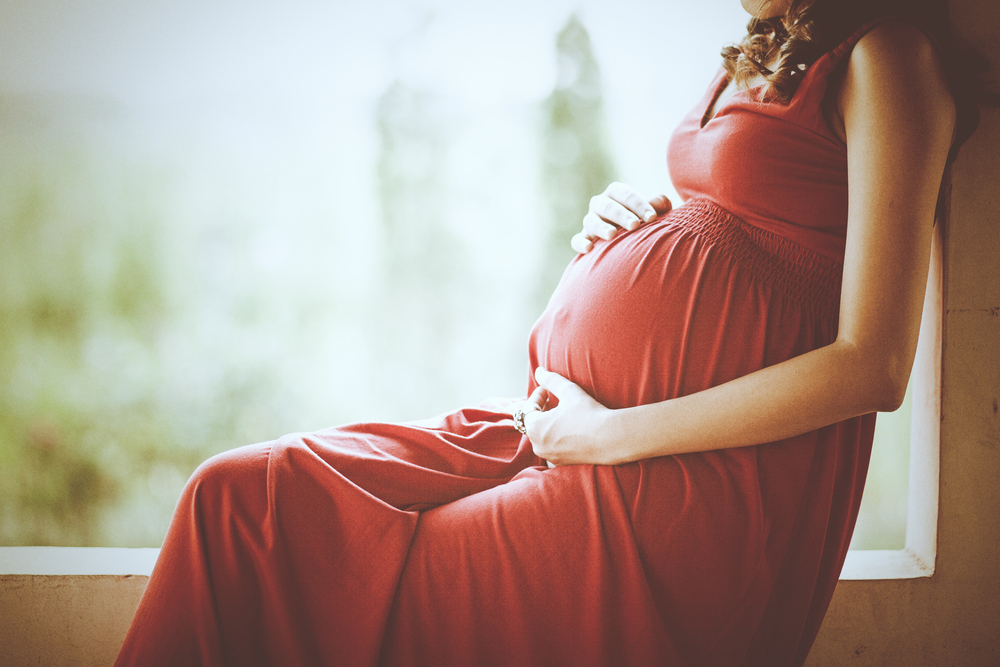Dangers of Pregnancy in Pulmonary Hypertension Patients Underscored in Case Study

Pulmonary hypertension patients should avoid getting pregnant, researchers at Columbia University Medical Center and New York Presbyterian Hospital advised, reporting the case of a 28-year-old who developed chronic thromboembolic pulmonary hypertension (CTEPH), or group 4 pulmonary hypertension, during her pregnancy.
Although patients with group 1 forms of pulmonary arterial hypertension are known to be at very high risk of mortality during pregnancy and in the early period following delivery, this case is thought to be the first reported diagnosis of group 4 pulmonary hypertension caused by CTEPH during pregnancy.
“This case demonstrates the management of a rare occurrence of CTEPH presenting during pregnancy, including early postpartum PTE [pulmonary thromboendarterectomy],” the medical team wrote in the study, “Chronic thromboembolic pulmonary hypertension, pregnancy, and a pulmonary endarterectomy: a rare challenge,” published in the journal Pulmonary Circulation. “Given the high-risk nature of pregnancy and pulmonary hypertension with the added risk of CTEPH … a specialized multidisciplinary team was required to map out a plan for all stages of this pregnancy, delivery, and [treatment].”
The patient was previously healthy, with only two incidences of deep vein thrombosis (DVT), one in her right arm and, six years later, one in her left leg. Both were treated with the anticoagulant warfarin, but that treatment was stopped during the second DVT when the woman discovered that she was pregnant. Instead she moved to another anticoagulant, enoxaparin.
At week 15 of pregnancy, however, she began experiencing problems, and came to a local hospital with complaints of acute shortness of breath and coughing up blood. She declined to undergo a CT scan because of her pregnancy. Her enoxaparin dose was raised (from 120 mg a day to 80 mg every 12 hours) and she was discharged.
Her condition continued to worsen, and at week 19 she returned to the hospital with shortness of breath and cough. An examination revealed low oxygen levels in her tissues. She was diagnosed with severe pulmonary hypertension with symptoms consistent with CTEPH.
The patient was transferred to Columbia University Medical Center–New York Presbyterian for specialist care and high-risk pregnancy management. Following a number of counseling sessions explaining the high risk of her pregnancy, she decided to proceed with it.
“At presentation to our institution … the patient reported being unable to walk 1 city block or up stairs without stopping on each flight. She had a nonproductive cough. On physical examination, she was afebrile and … notably dyspneic with speaking,” the doctors wrote.
A multidisciplinary team was formed to manage her case. Because of her pregnancy, treatment with drugs approved for CTEPH was not possible. She was given a sildenafil, which relaxes muscles in the walls of blood vessels, and iloprost, an inhaled medication for pulmonary arterial hypertension (PAH). But when she again began to cough up blood, iloprost was replaced with an intravenous PAH medication, epoprostenol, and she underwent two embolizations and a heart catheterization.
She was then placed on supplementary oxygen and heparin injections for the remainder of her pregnancy, in addition to the targeted PAH therapies.
Her health team decided to deliver the baby at 30 weeks through caesarean section, after weighing the risks to both the infant and mother. Heparin infusion was discontinued to reduce the risk of uncontrollable bleeding during delivery.
The baby was delivered while the woman was under general anesthetic and, although the infant developed pulmonary interstitial emphysema (an abnormal collection of air outside the lungs) and needed intubation and ventilation, she recovered and was discharged.
Following delivery, the mother continued to need PAH treatment, required additional heart catheterization, and underwent early pulmonary endarterectomy (PEA), a surgical procedure to remove old blood clots from the pulmonary arteries. She was successfully discharged nine days after that surgery.
“The patient remains asymptomatic and continues to do well with anticoagulation therapy and no targeted PAH therapy. Her child is in excellent health,” Dr. Erika Rosenzweig and colleagues wrote.
But, they added: “Despite the success of this individual case, the team would still advise patients with pulmonary hypertension against pregnancy in the future.”







